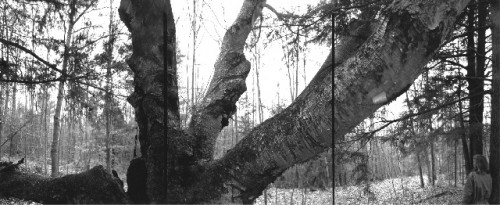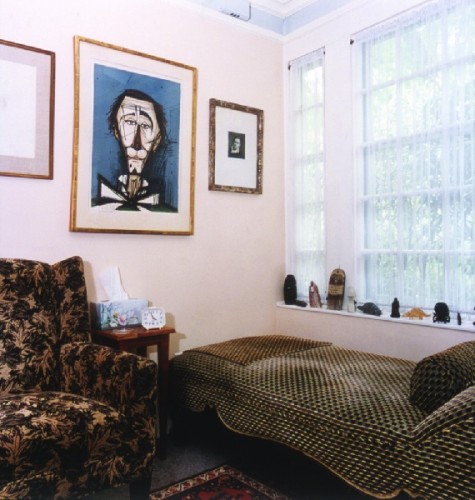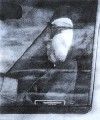Photos as Mystery Texts at the Danforth Museum
Information, Insight, Interruption
By: Shawn Hill - Sep 14, 2007
Information, Insight, InterruptionNew England Currents
Sept. 9-Oct. 21, 2007
Danforth Museum of Art
Framingham, MA
www.danforthmuseum.org
Curator Martha Buskirk, through the work of the four photographers she has chosen- Barbara Bosworth, E. E. Smith, Shellburne Thurber, and Liselot van der Heijden- explores what's important to us. If one thing artists do is direct our attention in specific directions, photographers are especially positioned to do so in two very precise ways: First, they can capture tiny instances of time, fleeting moments that others might miss. Alternatively, they can record much more detail than most of us can see or recall.
These aren't the only polarities that photographers engage in their work, but they seem to apply to the works in this show. Ironically, E. E. Smith's photos strive to be painterly, to show blurred and degraded images rather than the clear, precise details available to the camera lens. One image is comprised of four large prints, joined together to form a vista of a desolate McDonald's parking lot. Important moments don't always reveal connection: instances of alienation, confusion and mystery are also part of this show. Smith's McDonald's vista is simultaneously familiar and inhuman, a mass-produced indifference, a blight that seems underlined by her retro materials: cyanotype, oil print, beeswax. These natural substances call up the fluorescent plastics of the food chain through opposition, overlaying the scene with a grubby, murky texture.
Her images of cars and their drivers, snapshots taken through windows at stoplights, reveal little. Dark and shadowy, these glimpses allude to private worlds we'll never understand, featuring indifferent characters unaware they've been recorded.
Less inscrutable are Liselot van der Heijden's images of museum dioramas and their visitors. The interest here is in the intense clarity of the old-fashioned displays, arranged to educate, elucidate and spectacularly revivify vanished cultures, peoples and times. These mannequins depict Others trapped in glass cages. One wonders if their messages stay fixed or are mutable and evolving like their changing audiences.
Mystery plays a part in Shellburne Thurber's impressive interiors as well. Her compelling subject matter is the couches in the offices of Freudian therapists; though denied access of course to private sessions, one wonders at the doctors who allowed Thurber into even their unused rooms. Trinkets and objects of various sorts form telling still life iconographies, symbols it's impossible not to try and decode. The offices are from both the Boston area and from South America, but geography doesn't seem to make much difference to these shrines to the father of psychology. One corner actually includes an awe-inspiring grid of the great man himself, tracking his portrait in photos from childhood to old age. Imagine having that testament looming over your head for an hour every week.
Still, whether cluttered or pristine, most share comforting, over-stuffed furniture and windows that let in natural light. A sense of that intimate connection, whether transference or projection (or just trust) between doctor and patient comes through in these rooms that are parts of homes as well as places of business.
Barbara Bosworth's pristine gelatin silver prints are also devoid of people, but only literally. Her horizontal triptychs are panoramic vistas that center on "National Champion" trees from California to the Southeast. And in their black and white and gray clarity, they celebrate these impressive trees just as much as the people who chose them do. In fact, revealing different flora and different national regions and climates, they make us wonder just what makes for a "champion" in this context, and just what that whole process of evaluation and comparison is about. Her images show a lot, but like the other pictures in the show, it's what isn't shown that beguiles.



